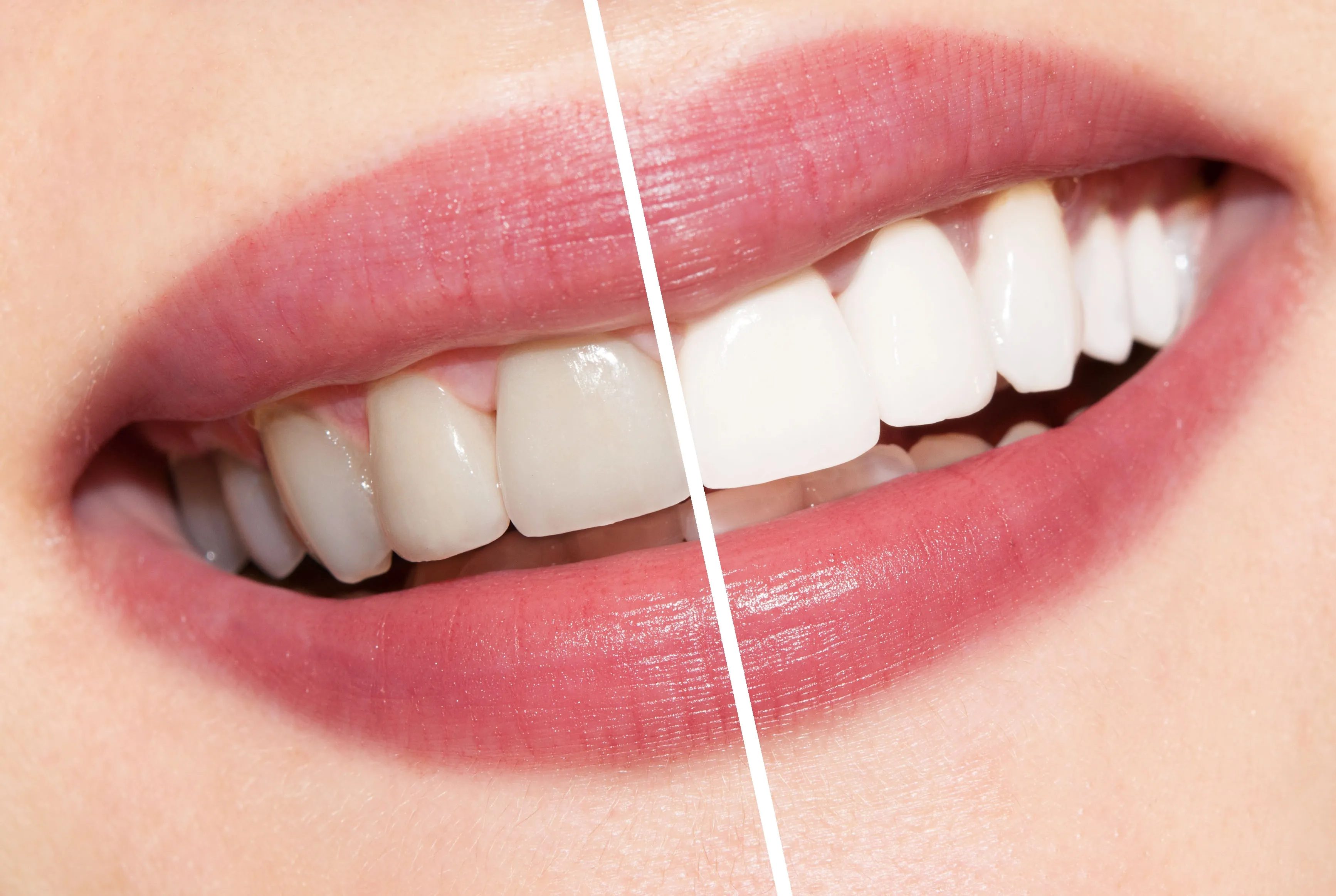Understanding Teeth Whitening Problems
Achieving a brighter, whiter smile is a common goal, and teeth whitening has become a popular cosmetic dental procedure. However, before embarking on the journey to a dazzling smile, it’s crucial to understand the underlying problems that can lead to tooth discoloration. This knowledge empowers you to make informed decisions and choose the most effective and suitable whitening methods for your unique needs. Discoloration can affect anyone, but several factors contribute to the problem. Understanding these issues is the first step toward a successful and satisfying teeth whitening experience. Various factors influence the color of our teeth.
Common Causes of Tooth Discoloration
Tooth discoloration can arise from several sources, and it is often a combination of these factors that contributes to the final appearance of your teeth. Understanding these causes can help you take preventive measures and choose appropriate teeth whitening solutions. Recognizing the potential causes of discoloration is key to achieving the desired results. The color of your teeth is influenced by both intrinsic and extrinsic factors, affecting the enamel and dentin layers of the tooth.
Diet and Lifestyle
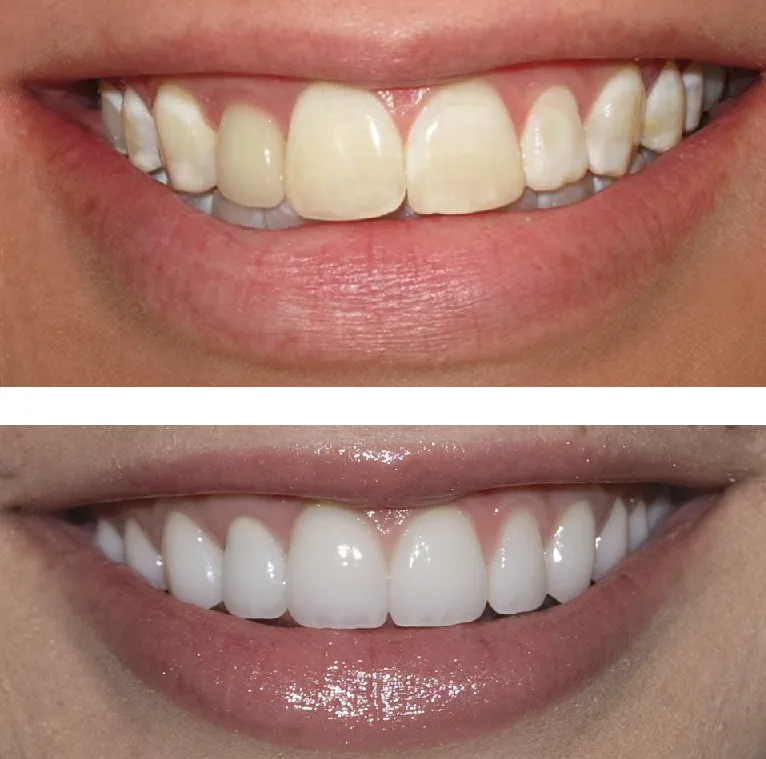
The foods and beverages we consume play a significant role in the staining of our teeth. Beverages such as coffee, tea, and red wine contain pigments that can adhere to the enamel surface, causing discoloration over time. Foods with strong colors, such as berries and curries, can also contribute to staining. Smoking and tobacco use are major contributors to tooth discoloration due to the nicotine and tar present in these products. Limiting the intake of these staining agents and practicing good oral hygiene can significantly reduce the impact of diet and lifestyle on your smile. Brushing after consuming staining foods and drinks can also help.
Aging and Genetics
As we age, the enamel on our teeth naturally thins, revealing more of the yellowish dentin underneath. This can make teeth appear darker over time. Genetic factors also play a role in the natural color of your teeth, as some individuals are predisposed to having teeth that are naturally more yellow or prone to staining. While aging and genetics are beyond our direct control, understanding their influence helps you set realistic expectations for teeth whitening results and explore the most effective methods for your specific needs. Consult with your dentist to learn more about the impact of genetics and aging.
Dental Issues
Certain dental issues can lead to tooth discoloration. Tooth decay and cavities can cause dark spots and changes in tooth color. Trauma to the teeth can damage the nerves and blood vessels inside, resulting in internal discoloration. Dental restorations, such as fillings and crowns, may also impact the overall appearance of your smile, especially if they do not match the natural color of your teeth. Maintaining good oral hygiene, getting regular dental checkups, and addressing any dental problems promptly are crucial to preserving the natural color and brightness of your teeth. Addressing any dental issues can also enhance the effectiveness of whitening treatments.
Top 7 Teeth Whitening Secrets
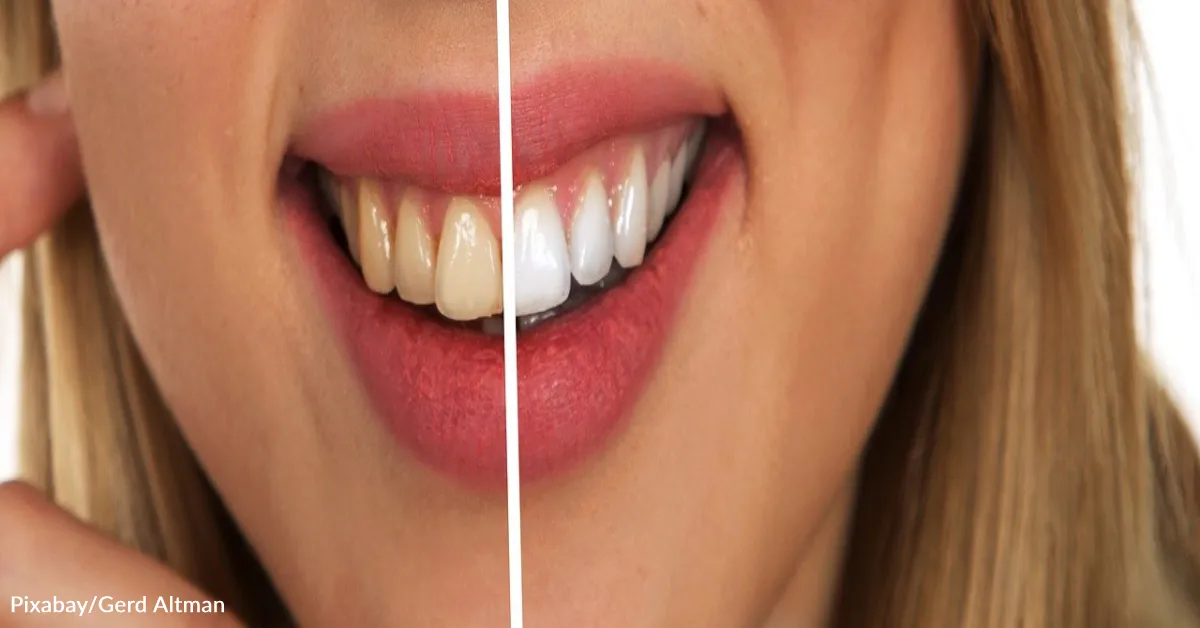
Achieving a brighter smile can be an attainable goal with the right approach. Several effective teeth whitening methods are available, each with its own set of advantages. These methods range from professional treatments to over-the-counter products and home remedies. Choosing the best approach depends on your individual needs, the extent of discoloration, and your budget. Understanding these techniques helps you make informed choices and get the desired results for a dazzling smile.
Professional Whitening Treatments
Professional teeth whitening treatments offer the most dramatic results. These treatments are performed by a dentist, ensuring safe and effective whitening. The process involves applying a high-concentration bleaching agent to the teeth, activated by a special light or laser. In-office treatments provide immediate and significant results, often brightening teeth several shades in a single session. Consulting a dentist ensures the process is done safely and effectively, providing the best possible outcome for your smile. This treatment is often preferred for its speed and effectiveness.
In-Office Whitening
In-office whitening, also known as chairside bleaching, is the fastest and most effective way to whiten your teeth. The dentist will isolate your gums and lips and apply a high-concentration hydrogen peroxide gel to your teeth. A special light or laser is then used to activate the bleaching agent, accelerating the whitening process. In-office treatments typically take about an hour and can lighten your teeth by several shades. This method provides immediate and noticeable results under professional supervision. This procedure offers significant advantages in terms of speed and the expertise of a dental professional.
Take-Home Whitening Kits
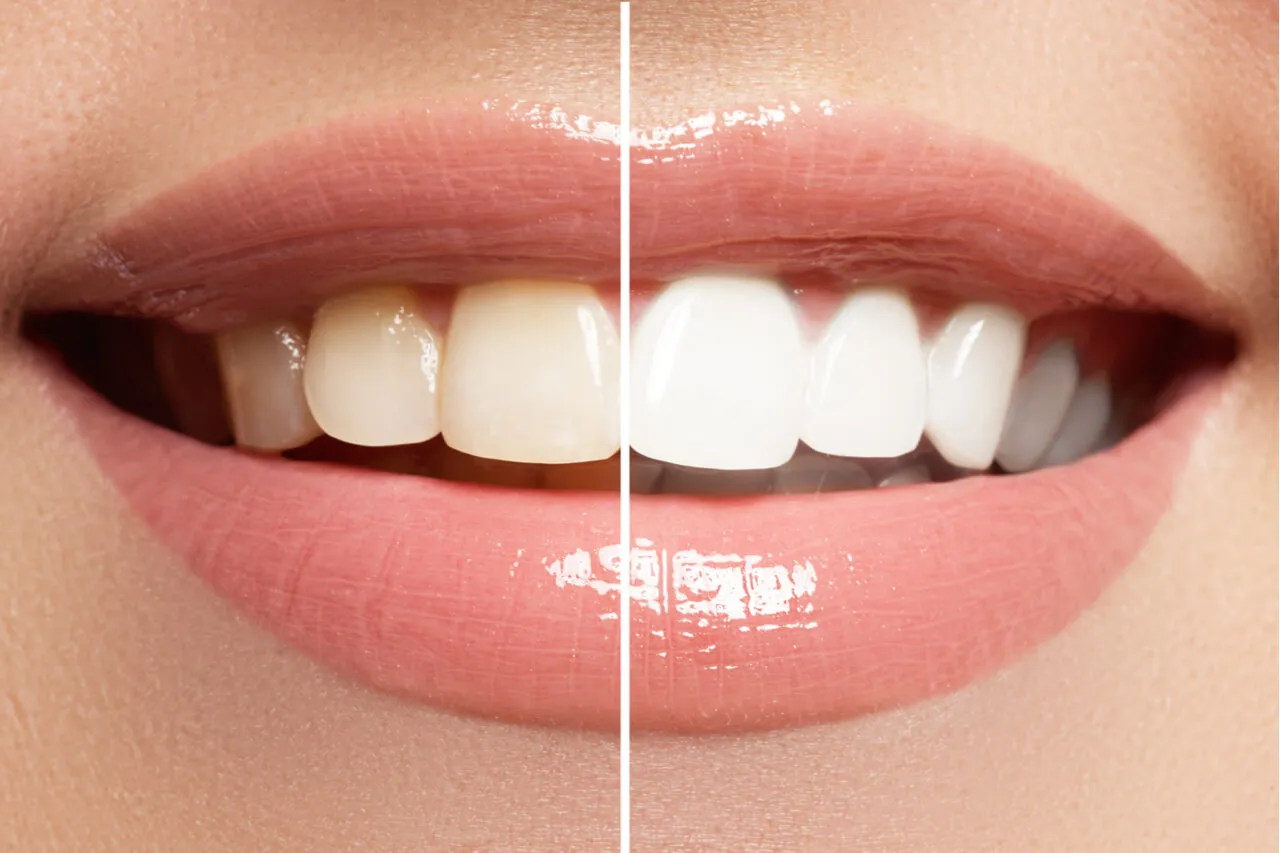
Take-home whitening kits are another option provided by your dentist. These kits include custom-fitted trays and a lower-concentration bleaching gel. You wear the trays for a specified amount of time each day, as directed by your dentist, until you achieve the desired results. Take-home kits offer a convenient and more affordable way to whiten your teeth gradually. They provide effective whitening with the guidance of a dental professional, ensuring safe and controlled results. This approach allows for whitening on your schedule in the comfort of your home.
Over-the-Counter Products
Over-the-counter (OTC) teeth whitening products are widely available and offer a more budget-friendly option for brightening your smile. While these products may not provide the dramatic results of professional treatments, they can still be effective for mild to moderate staining. Understanding the different types of OTC products available can help you choose the most suitable option for your needs and expectations. Be mindful of product limitations and use them according to the manufacturer’s instructions.
Whitening Toothpastes
Whitening toothpastes contain mild abrasives and chemicals that help remove surface stains. They are effective for removing stains caused by coffee, tea, and other foods. These toothpastes can improve the overall brightness of your teeth, but they generally do not change the natural color of your teeth. Using whitening toothpaste in conjunction with other whitening methods can enhance results. It is crucial to choose toothpastes with clinically proven whitening agents and use them consistently for optimal results. Look for toothpastes that are gentle on enamel while effectively removing surface stains.
Whitening Strips
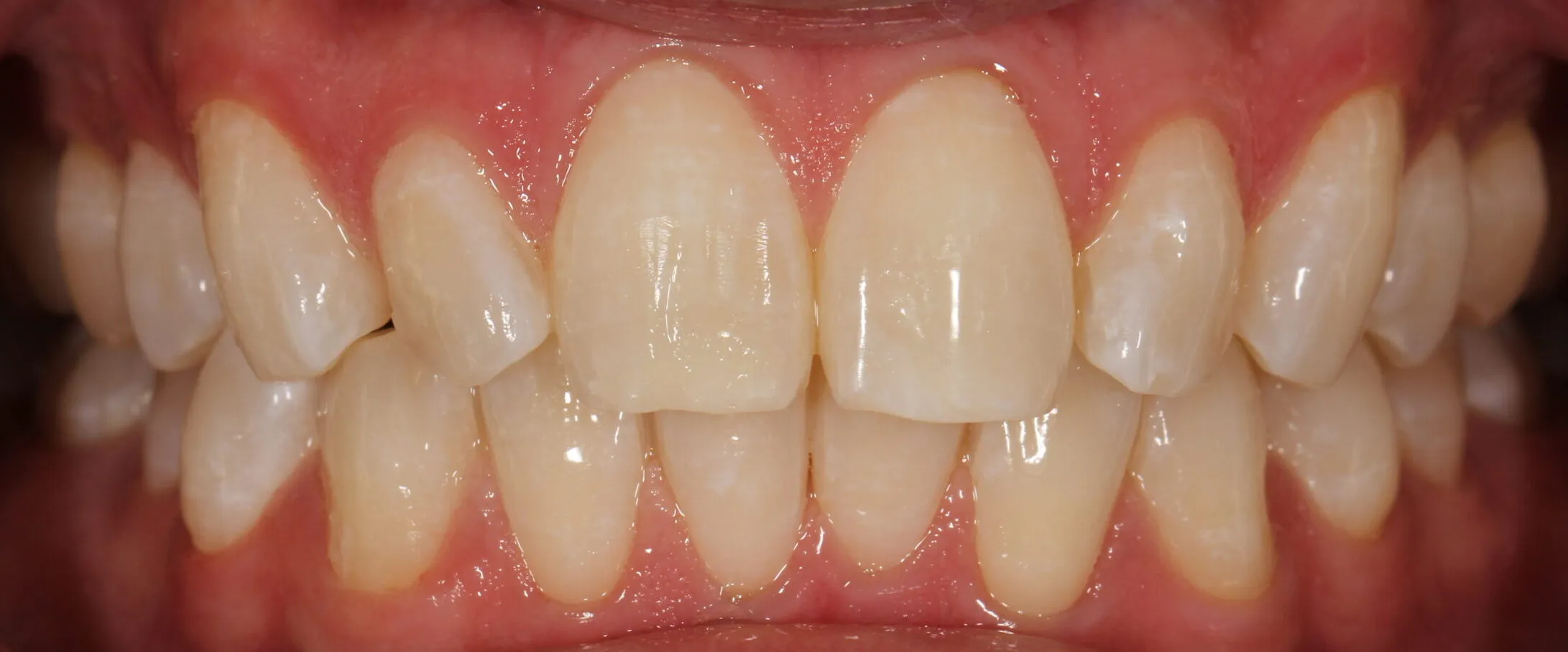
Whitening strips are thin, flexible strips coated with a peroxide-based bleaching agent. They are easy to use and adhere directly to the teeth. Whitening strips are designed to be worn for a specific amount of time each day for several weeks. They can effectively lighten teeth by a few shades. Following the instructions carefully and being consistent with their use ensures optimal results. While they provide noticeable whitening, the degree of whitening can vary depending on the initial shade of your teeth and the severity of staining. Consider discussing the use of whitening strips with your dentist to ensure they are safe and effective for your specific needs.
Home Remedies and Natural Options
Several home remedies and natural options are available for teeth whitening. While these methods are often less potent than professional treatments or OTC products, they can be used as a supplemental approach or for maintaining results. It is essential to approach these methods with caution, as some may not be scientifically proven to be effective. Consulting with your dentist is important before trying any home remedies to ensure they are safe for your teeth. Using natural remedies requires understanding and patience.
Baking Soda and Hydrogen Peroxide
Baking soda and hydrogen peroxide are often used together as a homemade whitening treatment. Baking soda acts as a mild abrasive to remove surface stains, while hydrogen peroxide has bleaching properties. To use this method, you can mix a small amount of baking soda with hydrogen peroxide to form a paste and apply it to your teeth. The mixture should be used sparingly, as excessive use can erode the enamel. Using this method occasionally as part of your oral hygiene can contribute to a brighter smile. Be sure to consult your dentist about this approach.
Coconut Oil Pulling
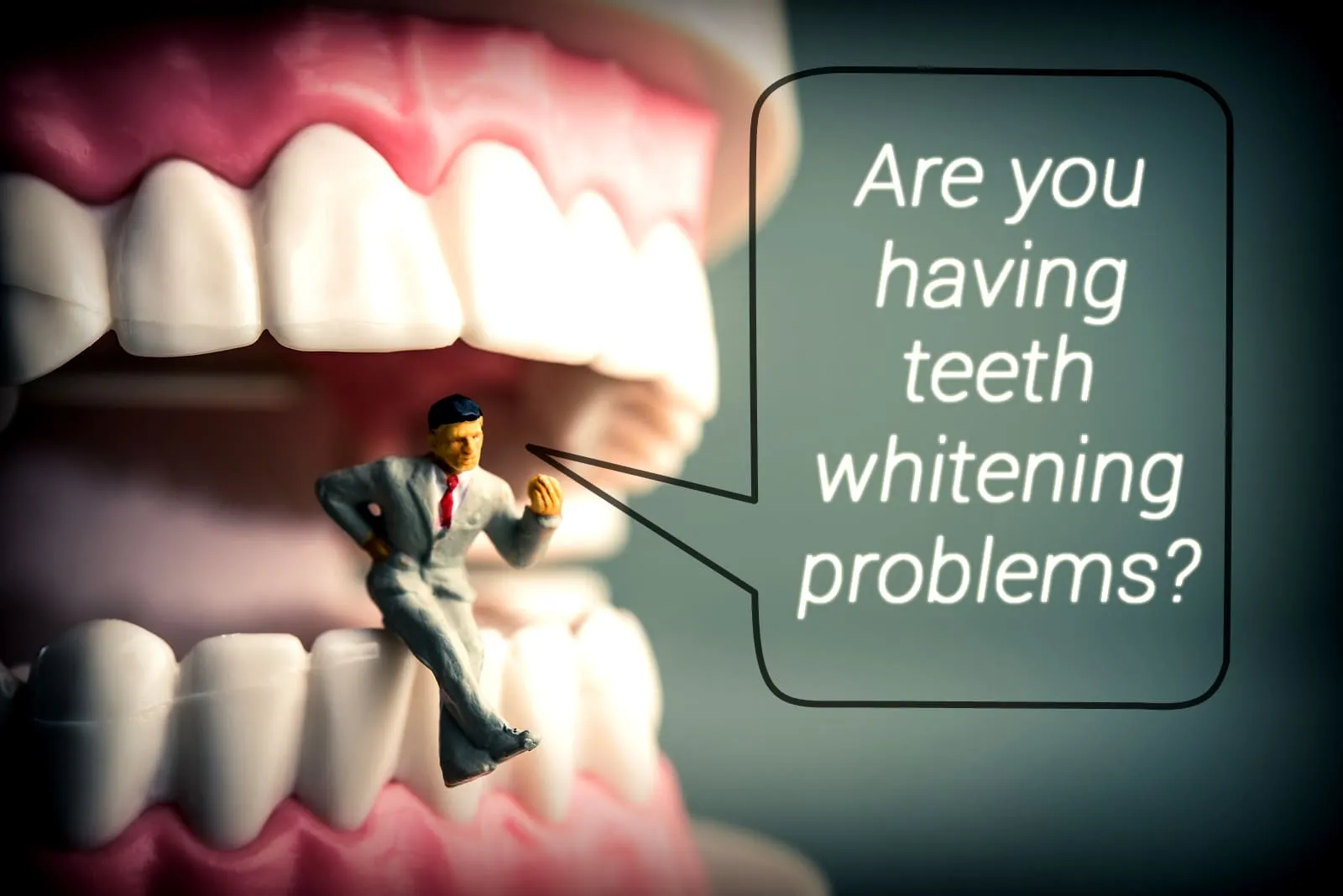
Oil pulling involves swishing coconut oil in your mouth for 15-20 minutes. Proponents believe that the oil helps to remove bacteria and toxins from the mouth, which may contribute to whiter teeth. While there is limited scientific evidence supporting the effectiveness of oil pulling for teeth whitening, some individuals report improvements. Regular use of coconut oil pulling can be a part of an overall oral hygiene routine, alongside other established methods. This practice is generally considered safe, but it’s important to consult your dentist before trying oil pulling.
Maintain a Bright Smile
Maintaining a bright, white smile involves a combination of good oral hygiene practices, dietary adjustments, and regular dental checkups. Consistent care ensures that your teeth remain healthy and that any whitening treatments you undertake remain effective. Incorporating these practices into your daily routine supports the longevity of your results and helps prevent future discoloration. A proactive approach to oral health is key to long-term success.
Oral Hygiene Practices
Brushing your teeth twice daily with fluoride toothpaste is the foundation of good oral hygiene. Flossing daily removes plaque and food particles from between your teeth, where a toothbrush cannot reach. Using mouthwash can further reduce bacteria and freshen breath. Proper oral hygiene helps prevent stains and discoloration. Brushing, flossing, and using mouthwash regularly can make a significant difference in maintaining a bright smile. Consistent attention to oral hygiene is key to keeping your teeth white and healthy. Regularly cleaning your teeth will also improve the effectiveness of whitening treatments.
Dietary Adjustments
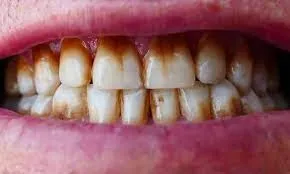
Limiting the consumption of staining foods and beverages is essential for maintaining a bright smile. Reducing intake of coffee, tea, red wine, and dark-colored foods can help prevent new stains from forming. Rinse your mouth with water after consuming staining substances to minimize their impact. A balanced diet, rich in fruits and vegetables, supports overall oral health. Making conscious dietary choices can significantly contribute to the longevity of your teeth whitening efforts and help keep your teeth bright and healthy. Be mindful of your food and drink choices.
Regular Dental Checkups
Regular dental checkups and cleanings are essential for maintaining a bright and healthy smile. During these visits, your dentist can remove plaque and tartar, which contribute to staining. Professional cleanings can also remove surface stains that brushing alone cannot eliminate. Regular checkups allow your dentist to identify and address any underlying dental problems that could cause discoloration. Following your dentist’s recommendations for oral care and treatment is important. Scheduling dental checkups every six months can help maintain the results of whitening treatments and ensure long-term oral health. Professional maintenance is key to a lasting bright smile.
